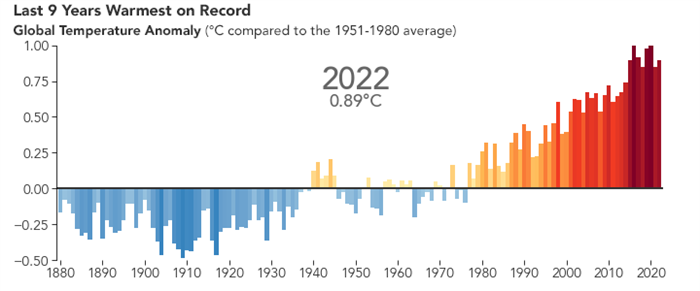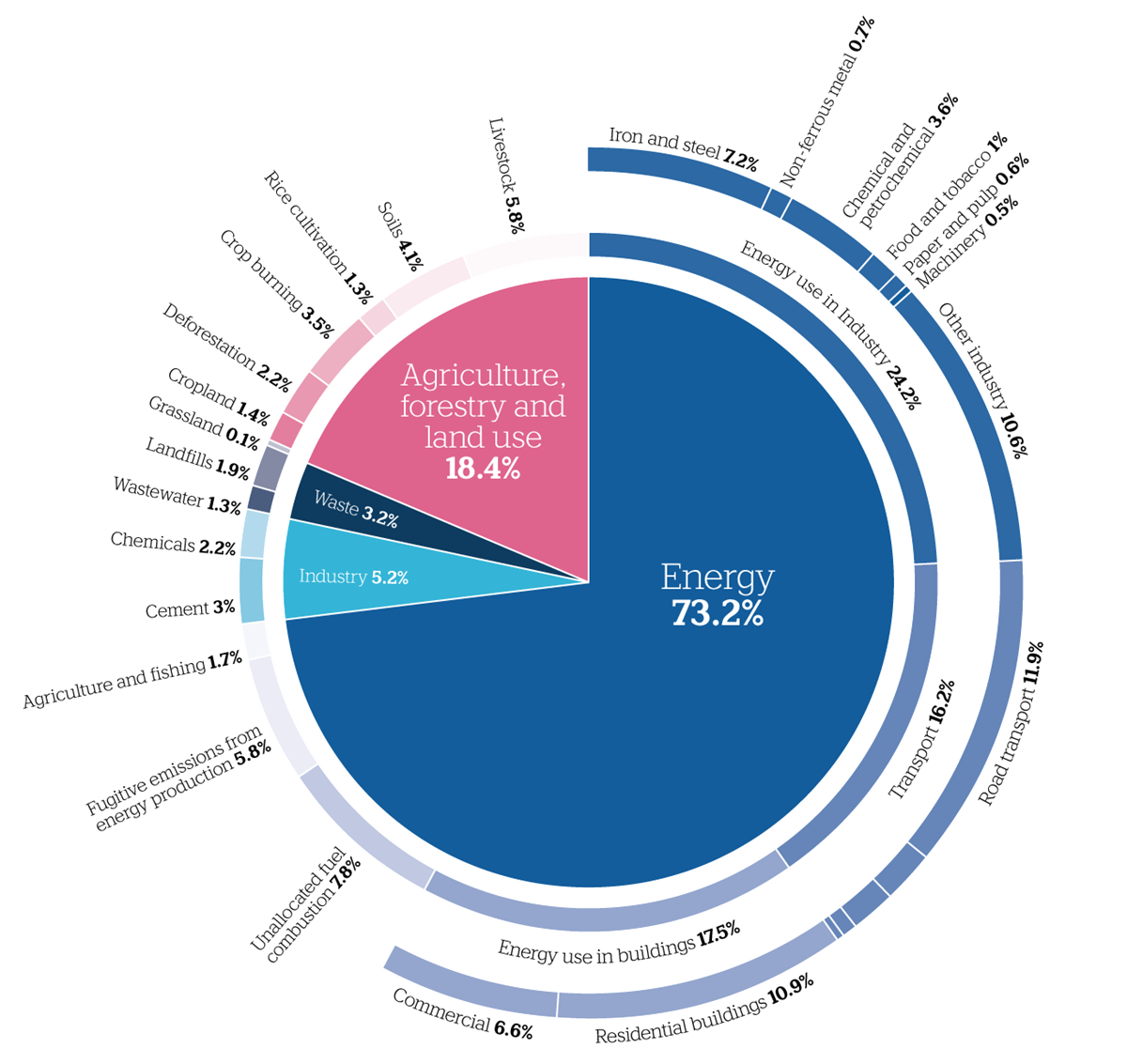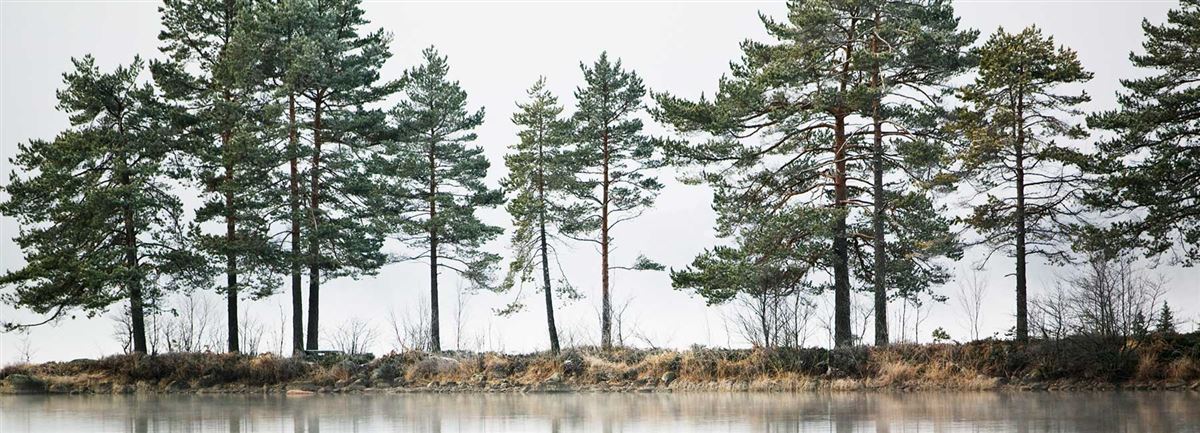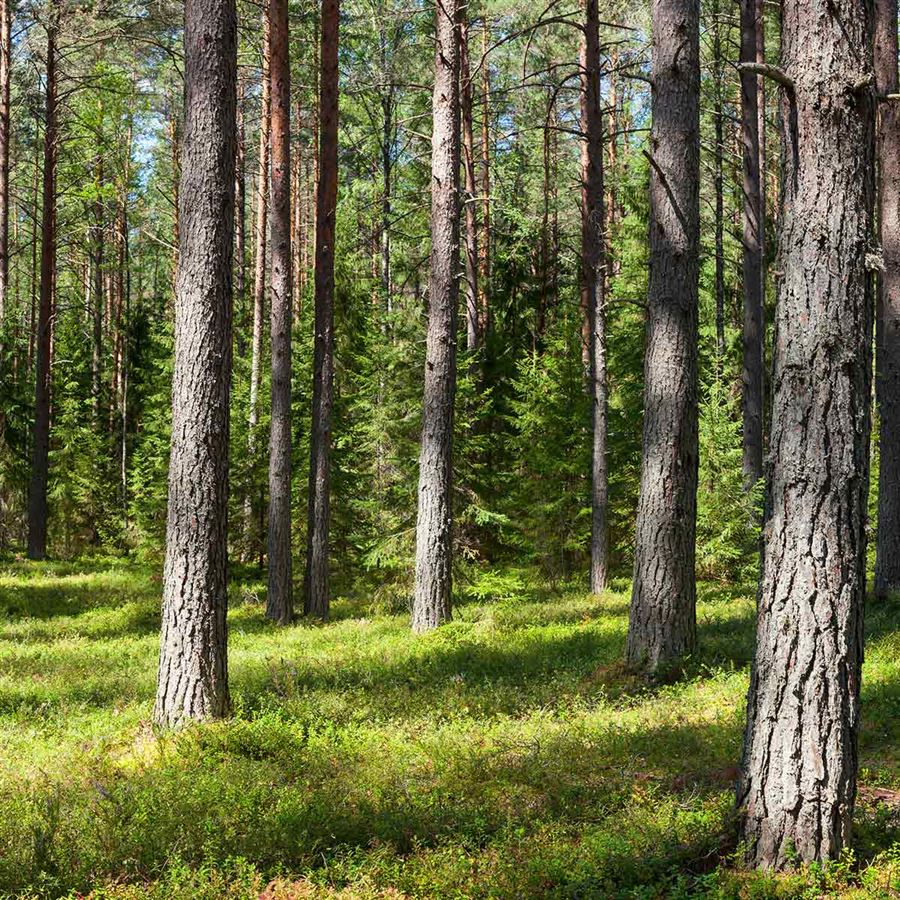Climate change describes the long-term changes to the global temperature and weather patterns. The world’s climate has continually and cyclically changed since the very beginning, but human activities like burning fossil fuels, deforestation, agriculture and manufacturing are making that change happen at a much faster rate.
Our earth is 1.1°C warmer than it was in the 1800s (or pre-industrial times), with the last ten years being the warmest so far. Here in the UK the most recent decade has seen temperatures around 0.8°C warmer that the average from 1961-1990; all ten of the warmest ever years in the UK have happened since 1990.

But why are we so concerned about this seemingly small change in temperature – doesn’t the temperature fluctuate by this magnitude on a daily basis? The difference is that these fluctuations are local, predictable, and cyclical events, whereas the global temperature (as shown in the chart above) depends on how much energy our planet receives from the sun and how much is emitted back into space. This incoming energy from the sun remains largely the same year after year, which means that change in global temperatures is mainly due to changes in Earth’s responses and systems. Read on to know more about what is causing these changes in the Earth’s responses.


